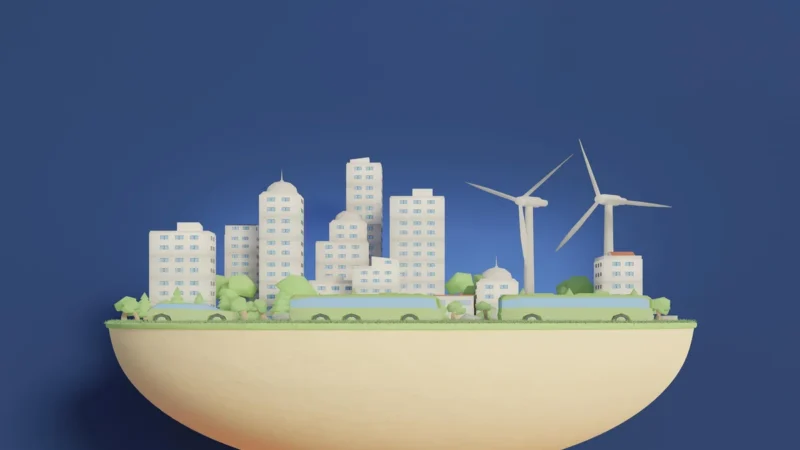Strategies for Assessing Environmental Sustainability in Chemical Projects for Success

Assessing environmental sustainability in chemical projects is crucial in today’s world, where environmental consciousness and responsibility are at the forefront of industry concerns. Chemical projects inherently impact the environment, from raw material extraction to manufacturing processes and product disposal. To ensure success while mitigating environmental impact, several strategies must be employed throughout the project lifecycle.
Life Cycle Assessment (LCA)
A fundamental approach to evaluating environmental sustainability in chemical projects is through Life Cycle Assessment (LCA). LCA examines the environmental impacts of a product or process throughout its entire life cycle, from resource extraction to production, use, and disposal. It provides a holistic view, considering various factors like energy consumption, emissions, and waste generation. Implementing LCA early in project development allows for the identification of potential environmental hotspots and helps in steering the project towards more sustainable pathways.
Green Chemistry Principles
Integrating green chemistry principles into project design is another pivotal strategy. Green chemistry focuses on minimizing the use of hazardous substances, reducing waste generation, and designing safer chemicals and processes. By employing benign solvents, designing energy-efficient reactions, and optimizing synthetic routes, chemical projects can significantly reduce their environmental footprint.
Renewable Resources and Energy
Shifting towards renewable resources and energy sources is imperative for sustainable chemical projects. Utilizing renewable feedstocks, such as biomass or recycled materials, reduces dependency on fossil fuels and diminishes environmental impact. Moreover, integrating renewable energy sources like solar or wind power into manufacturing processes decreases carbon emissions, contributing to a more sustainable operation overall.
Circular Economy Principles
Adopting circular economy principles within chemical projects promotes resource efficiency and waste reduction. Designing products for reusability, recyclability, or biodegradability ensures a closed-loop system, where materials are retained in the economy for as long as possible. By implementing recycling programs and exploring innovative ways to repurpose waste streams, chemical projects can minimize environmental impact and resource depletion.
Collaboration and Stakeholder Engagement
Engaging stakeholders and collaborating with diverse partners are vital aspects of ensuring the success of sustainable chemical projects. Collaboration fosters innovation and knowledge sharing, enabling the identification and implementation of novel solutions for environmental challenges. Involving various stakeholders—such as government bodies, local communities, academia, and industry experts—helps in gaining diverse perspectives and addressing multifaceted environmental concerns effectively.
Continuous Monitoring and Improvement
Continuous monitoring and assessment are crucial for the long-term success of environmental sustainability initiatives in chemical projects. Regularly evaluating environmental performance against set benchmarks allows for adjustments and improvements. By implementing feedback loops and utilizing data-driven insights, projects can adapt and evolve, ensuring ongoing sustainability improvements.
Key Takeaways
Assessing environmental sustainability in chemical projects requires a multifaceted approach that encompasses various strategies and principles. Integrating life cycle assessment, green chemistry principles, renewable resources, circular economy practices, stakeholder engagement, and continuous improvement mechanisms are pivotal for success. By adopting these strategies, chemical projects can achieve environmental sustainability while fostering innovation and responsible industrial practices.


